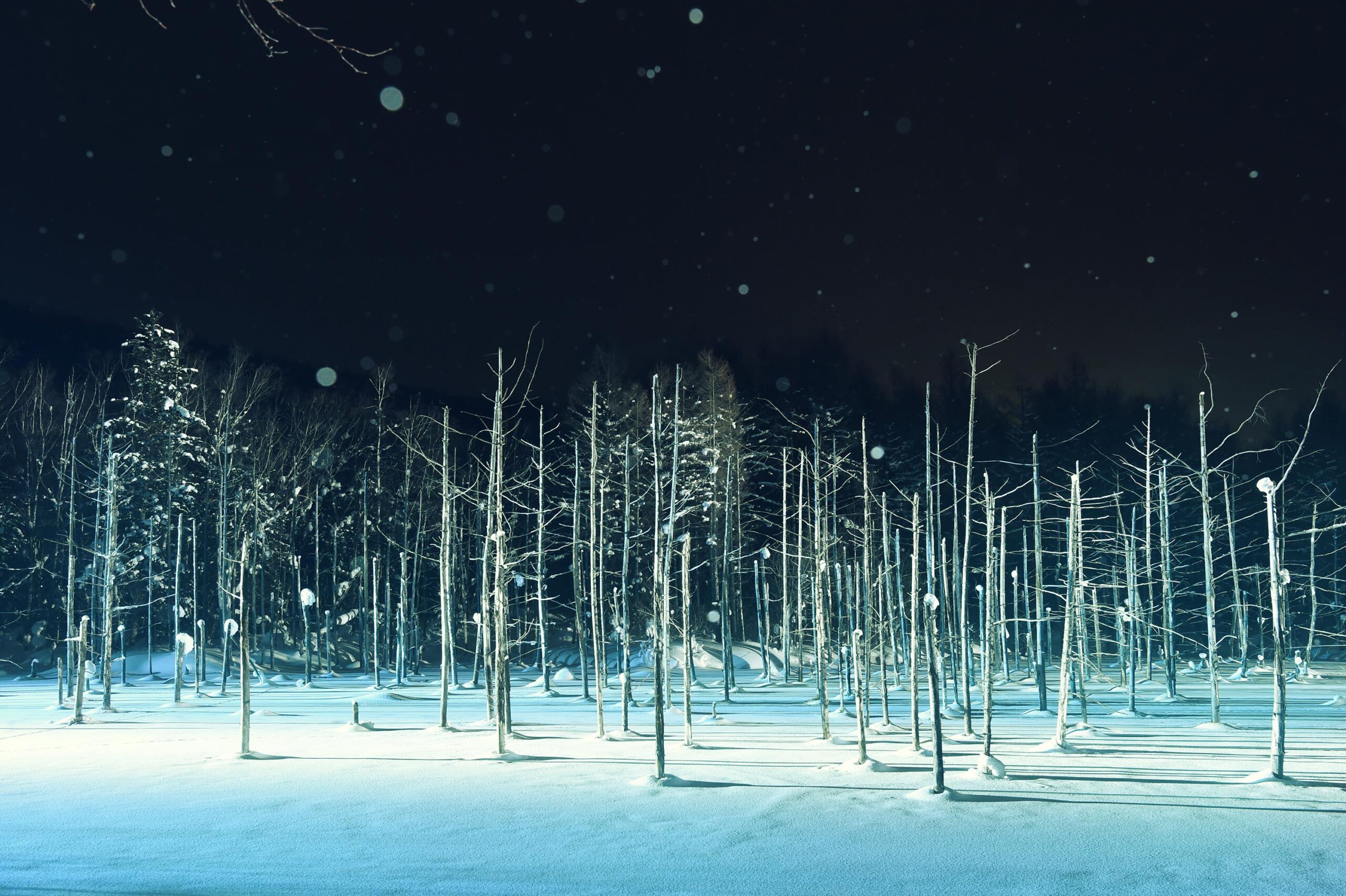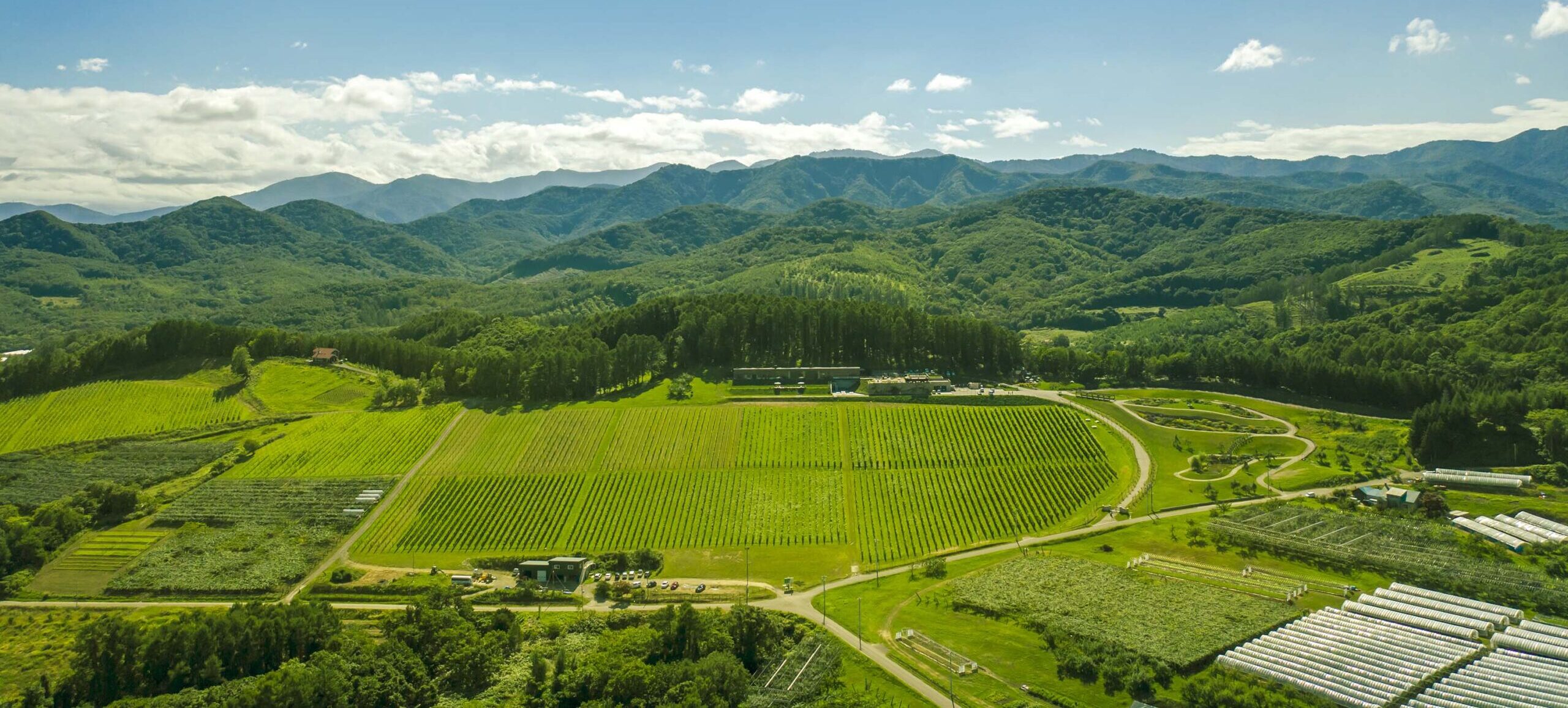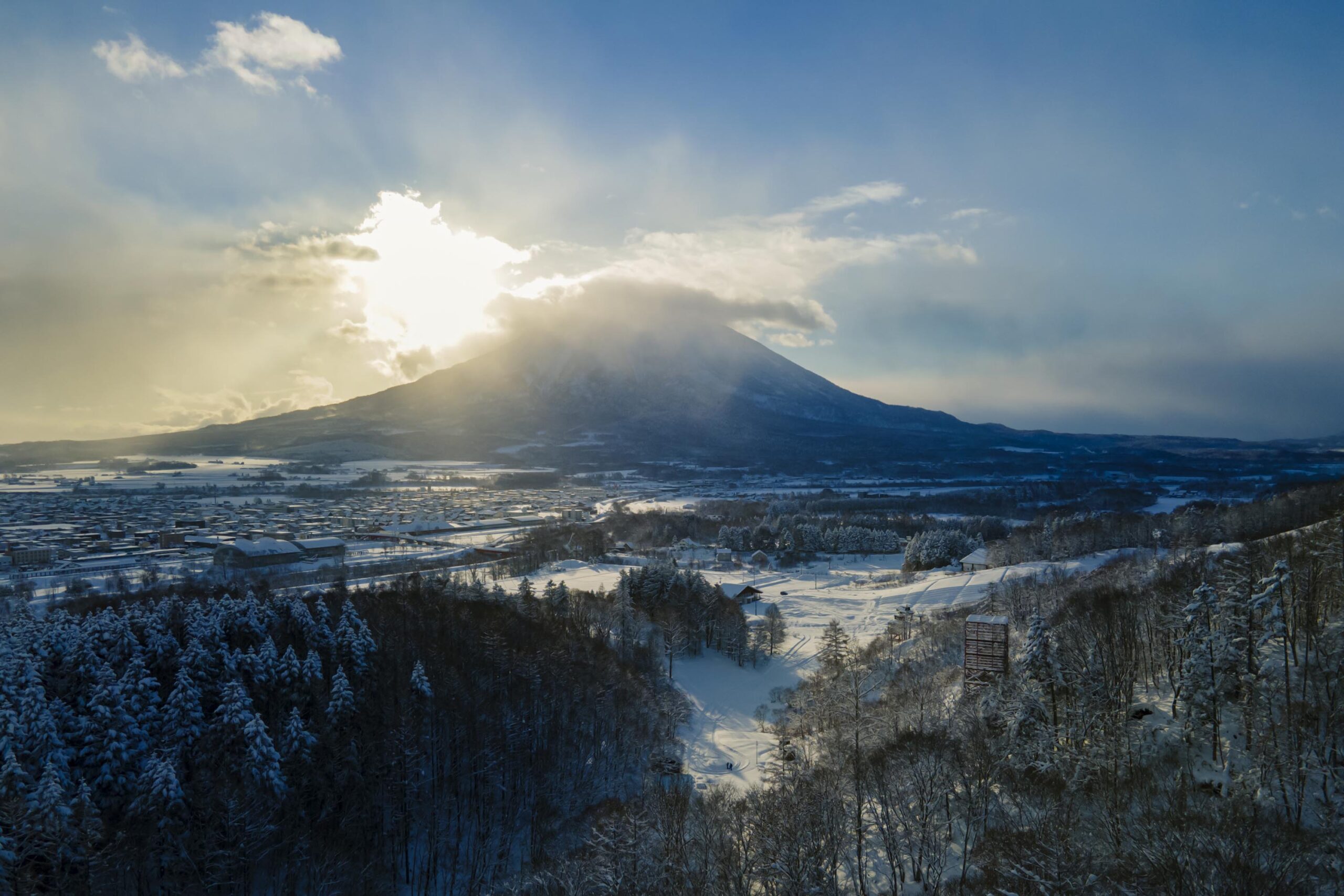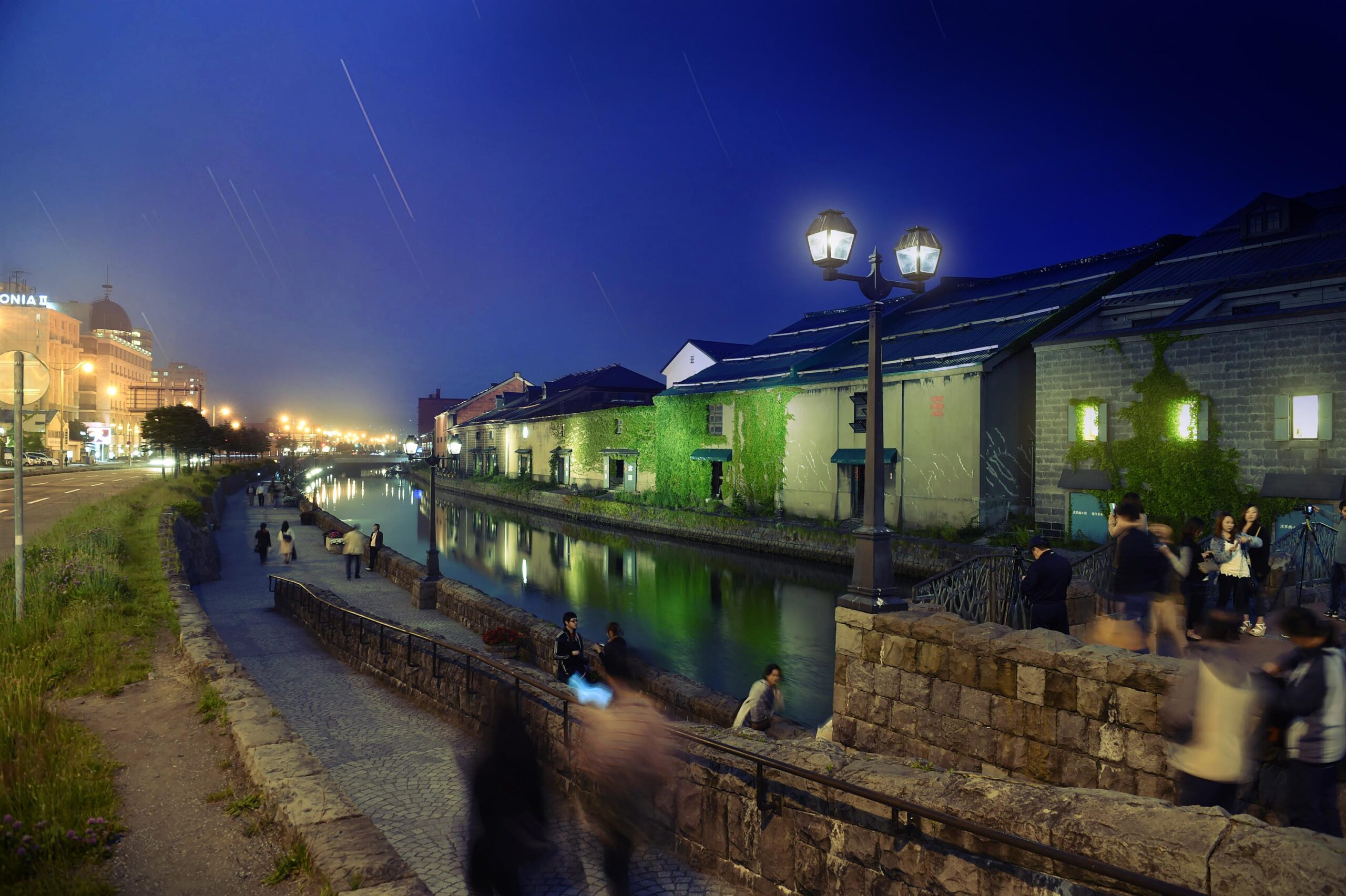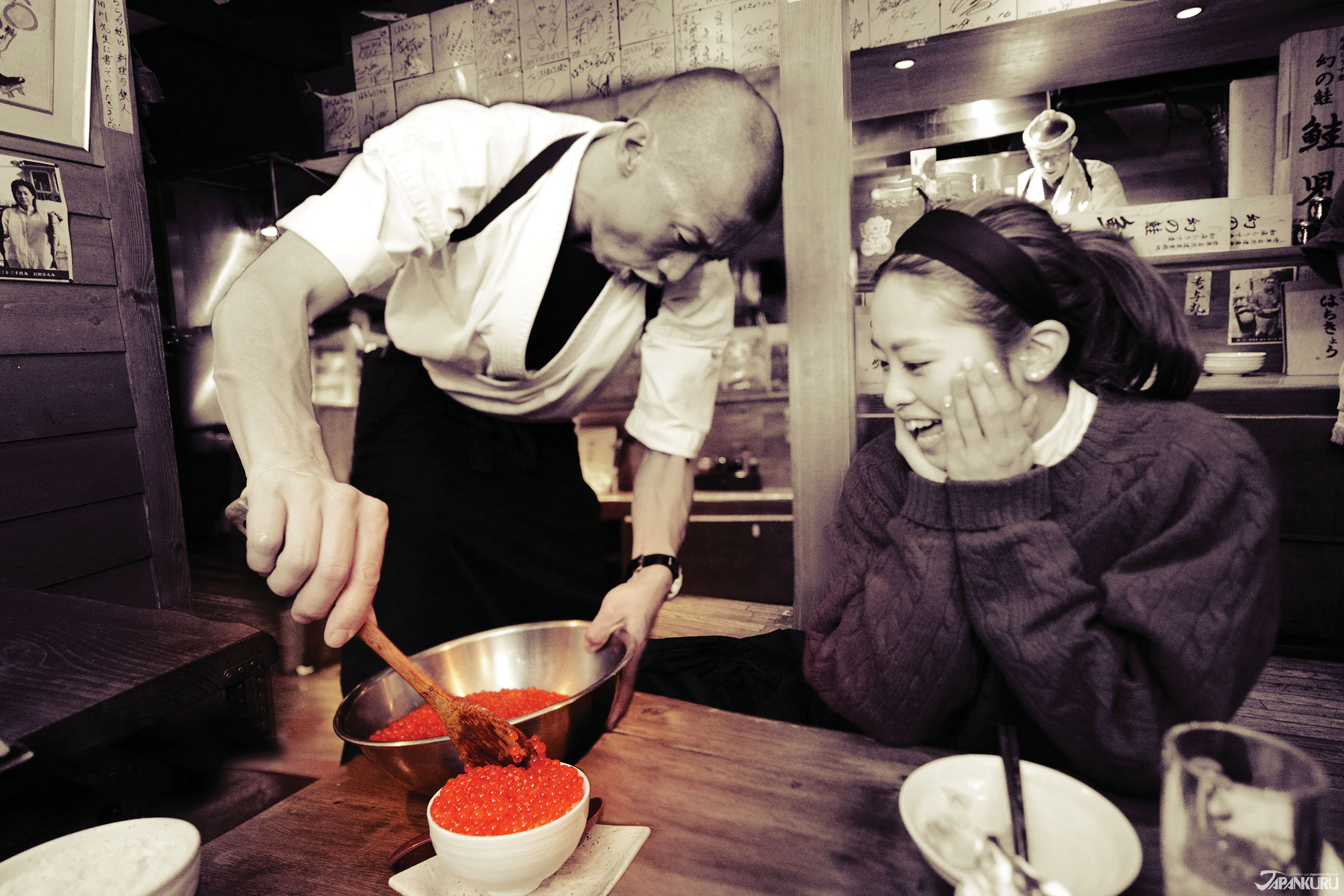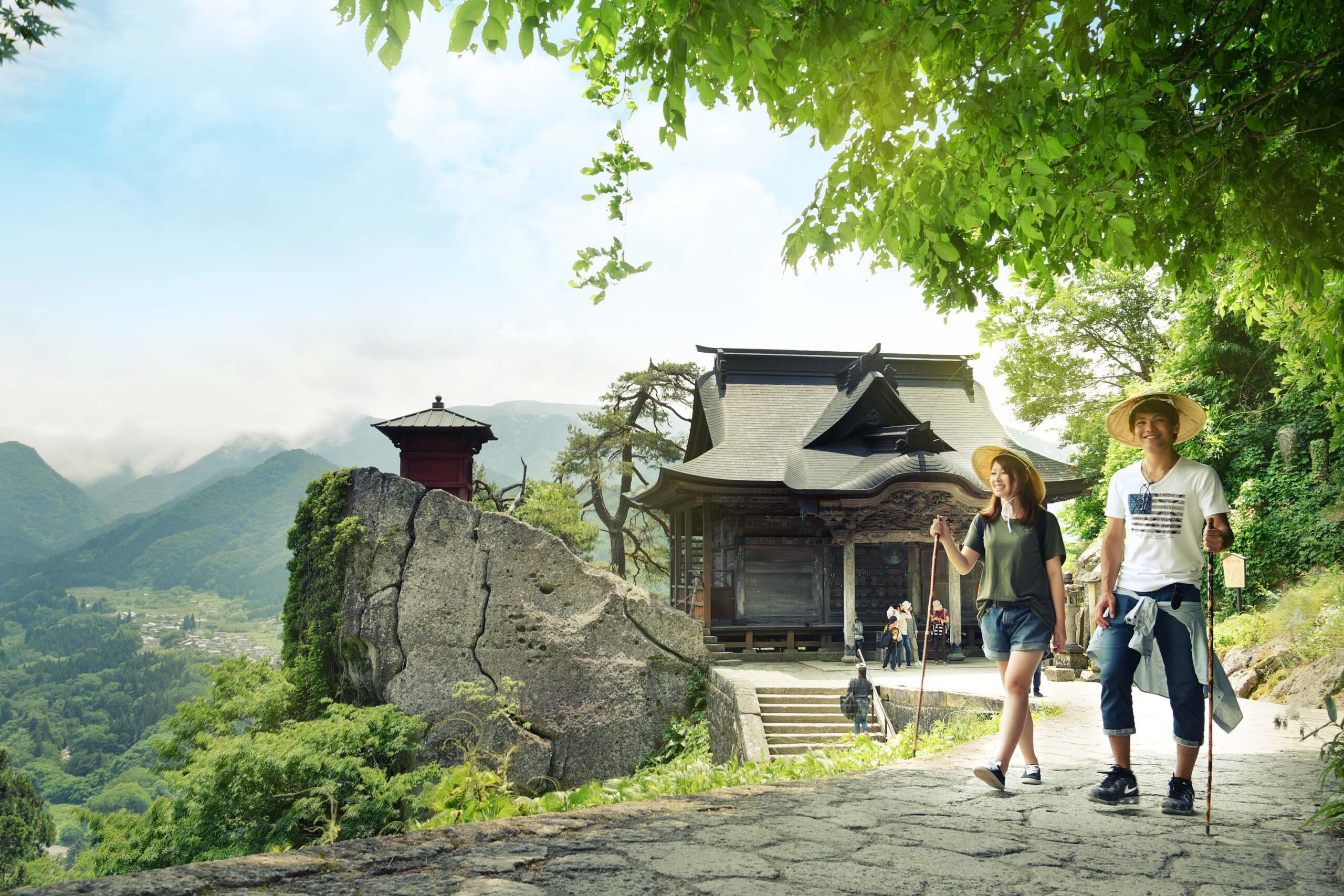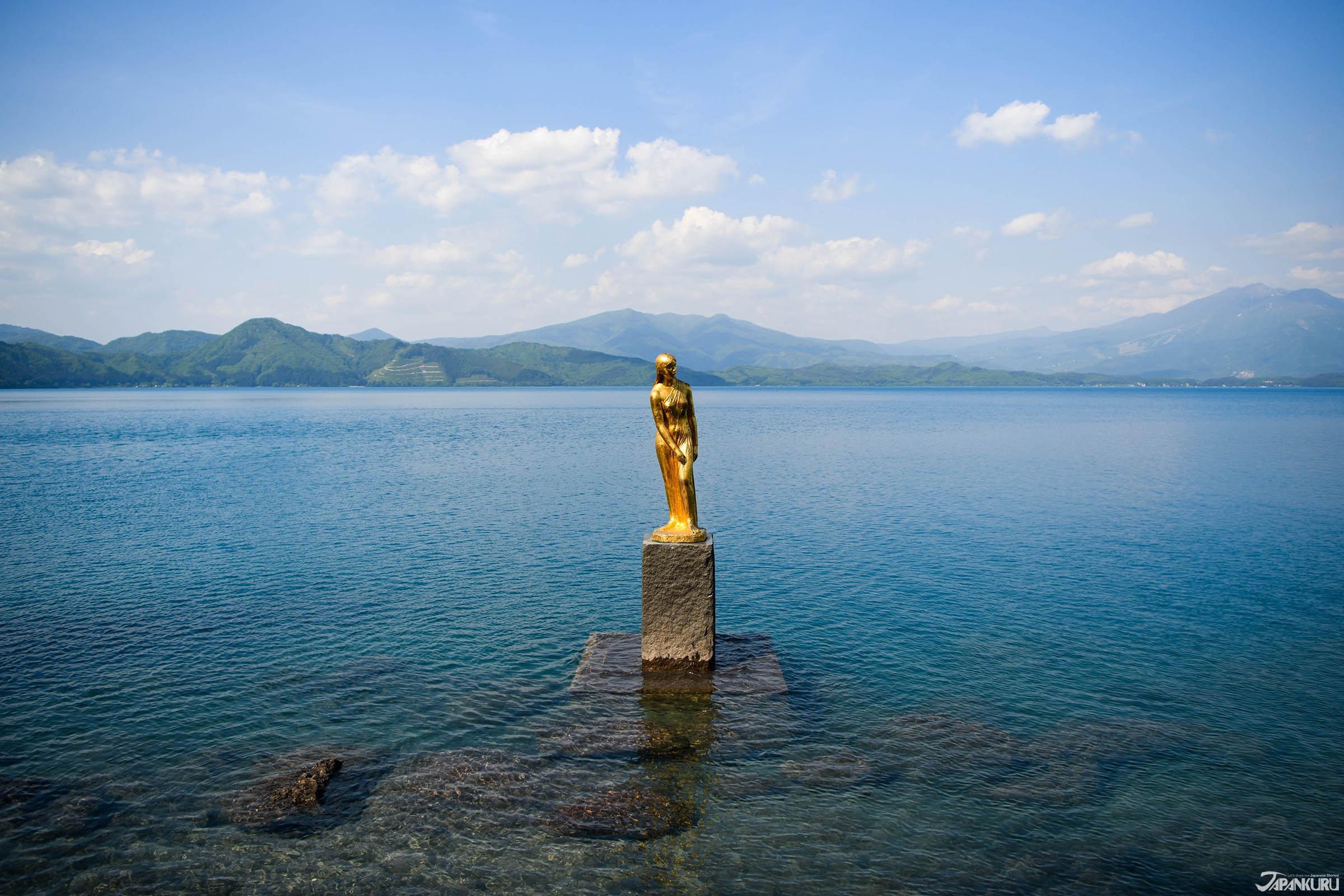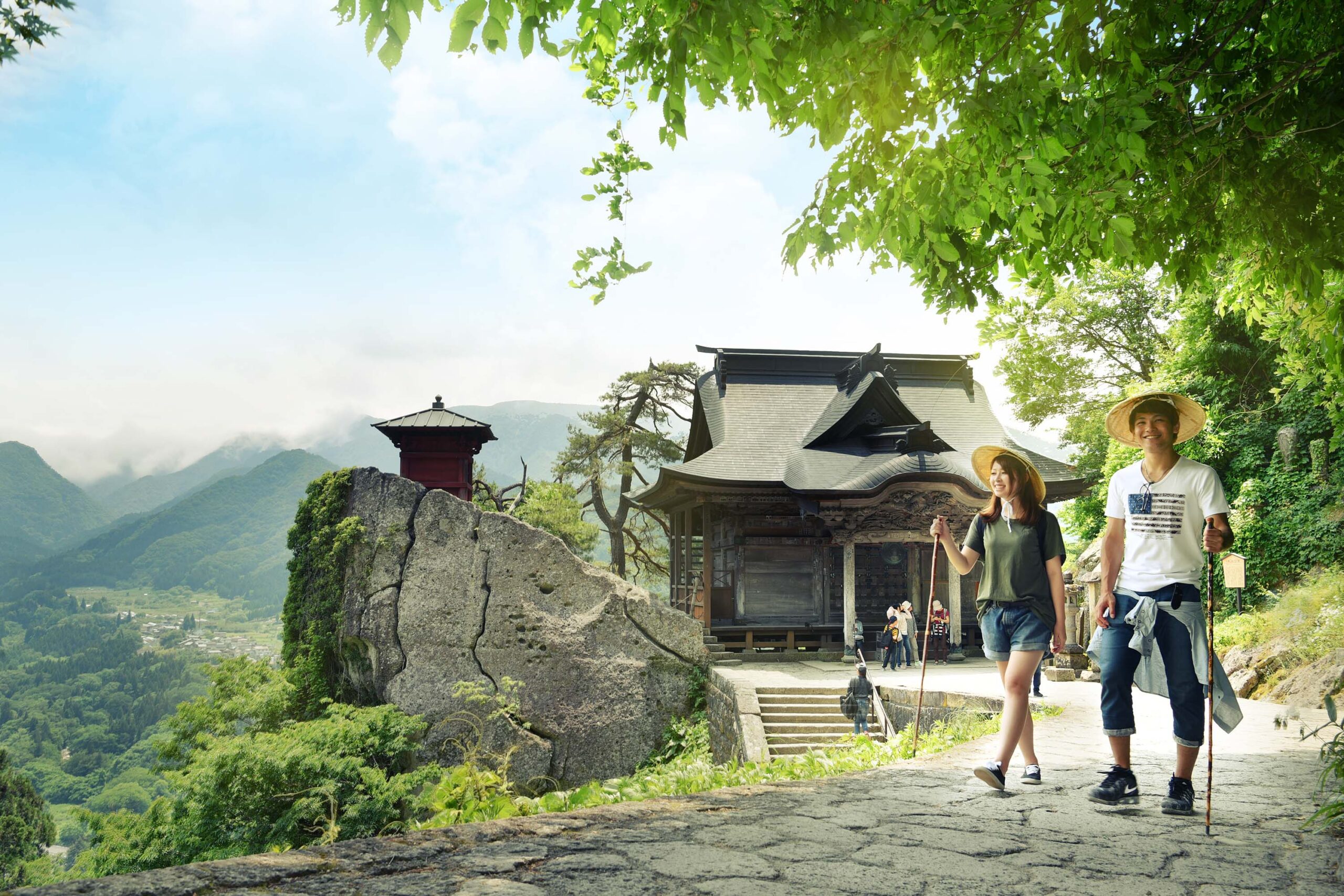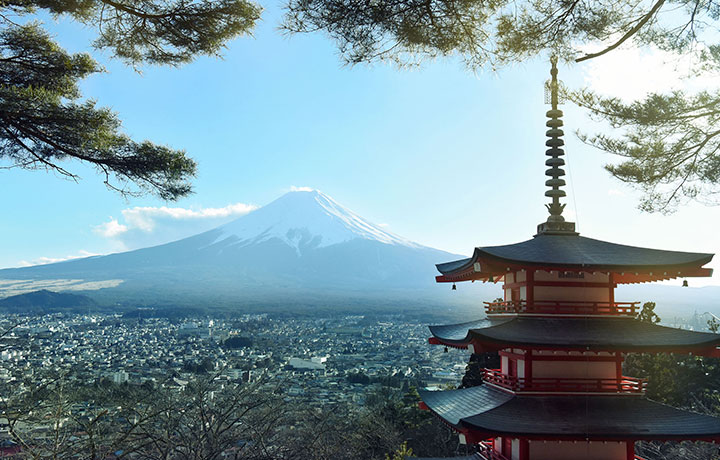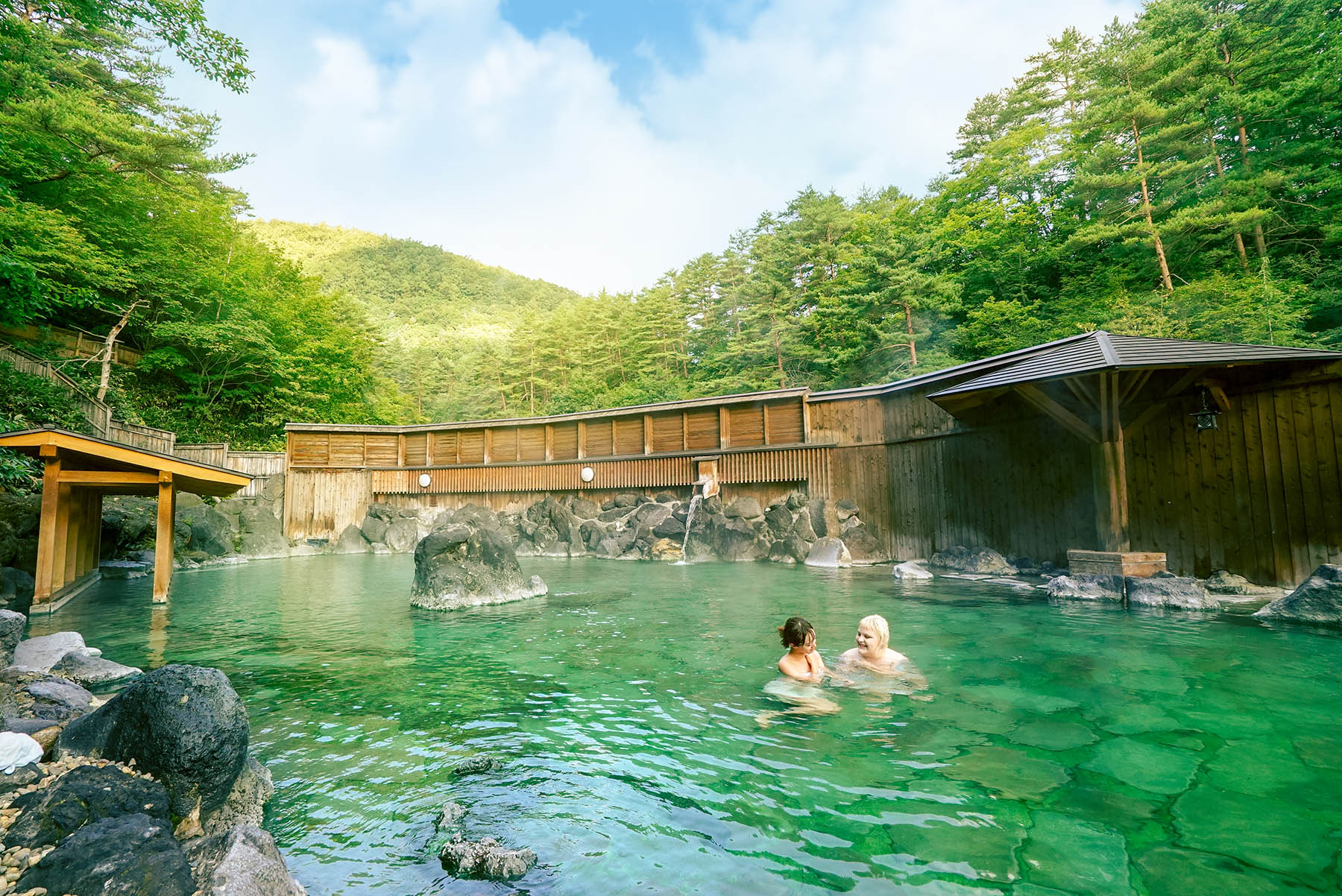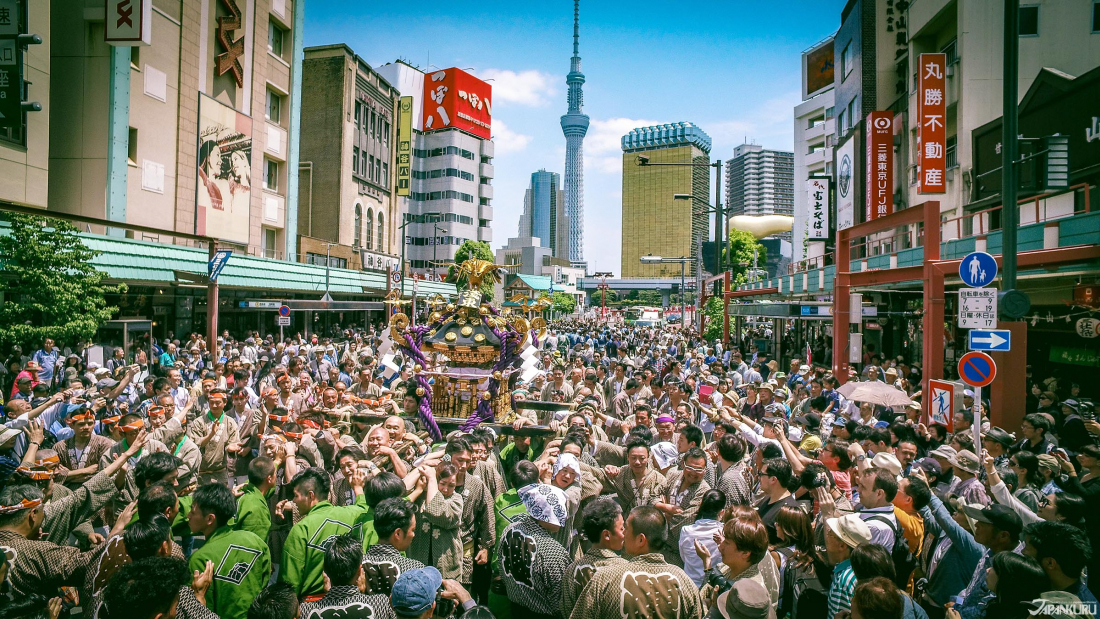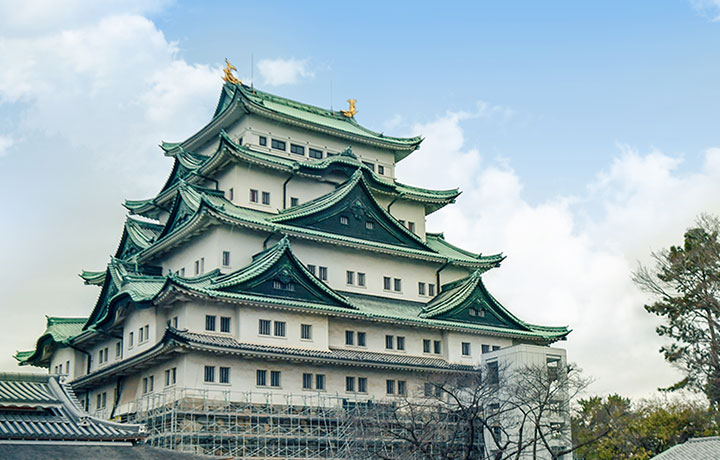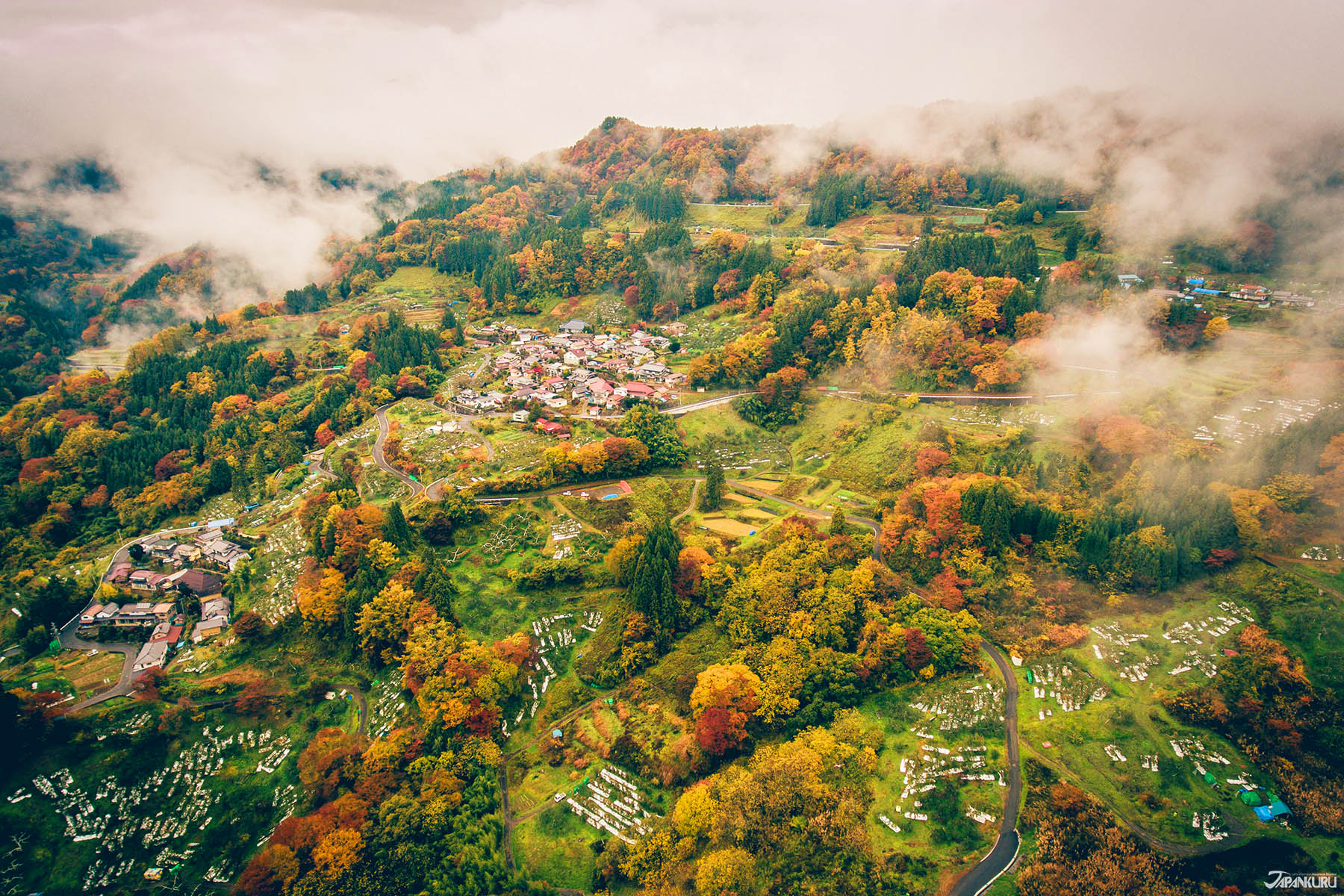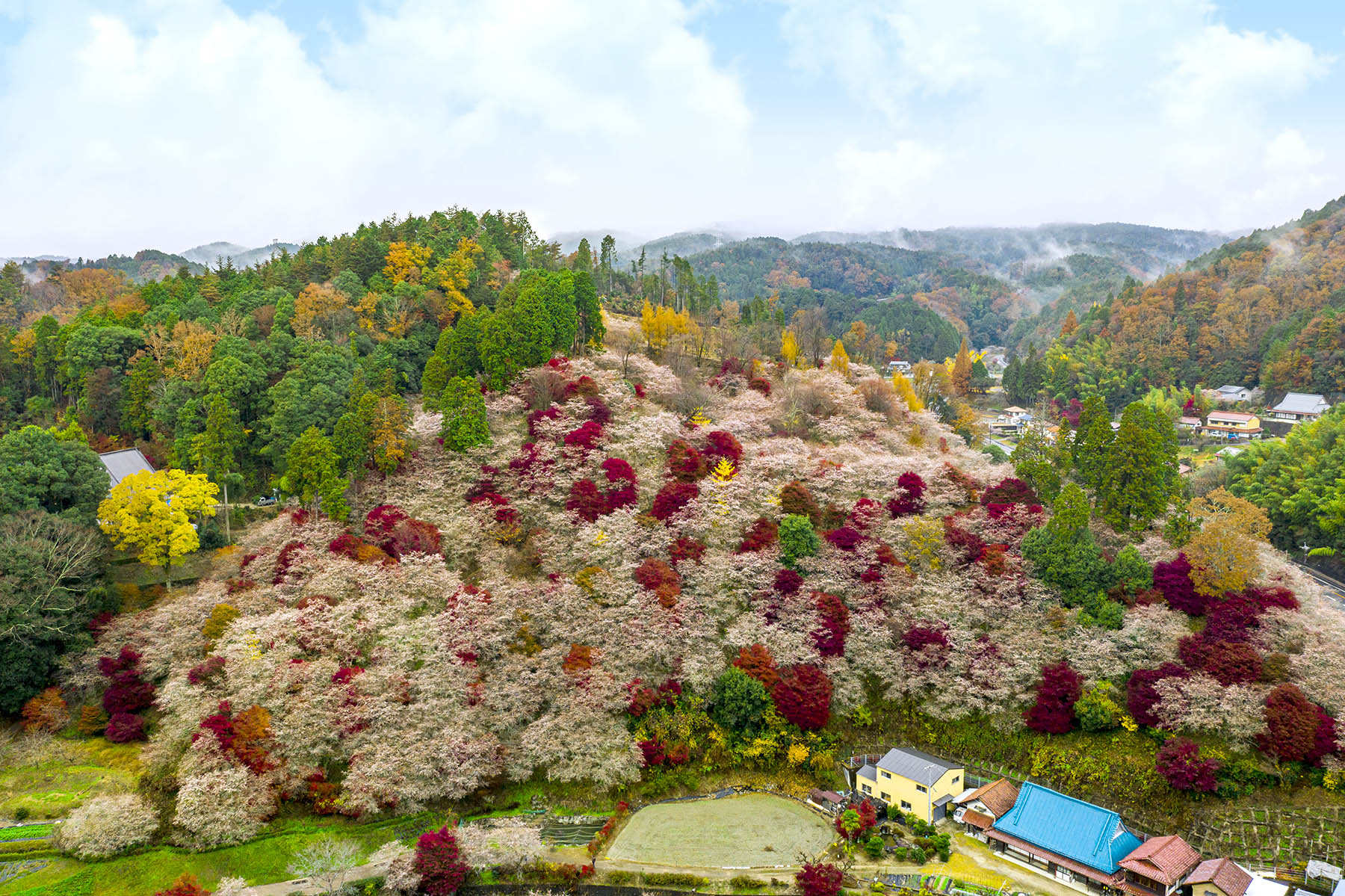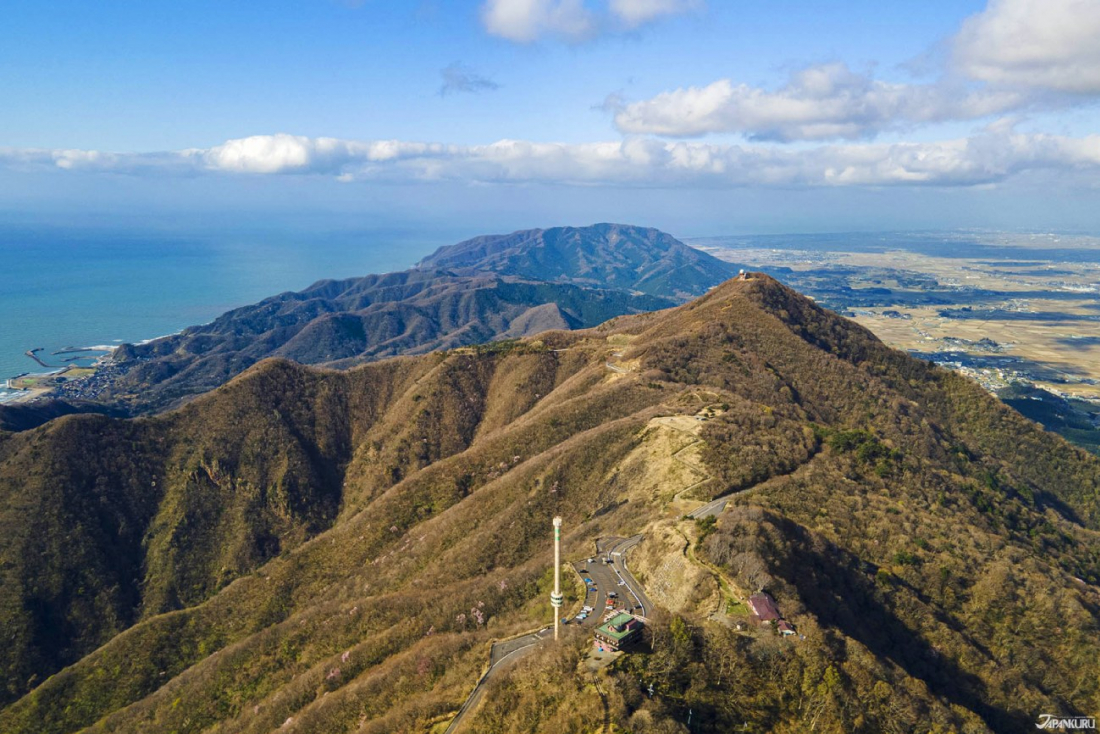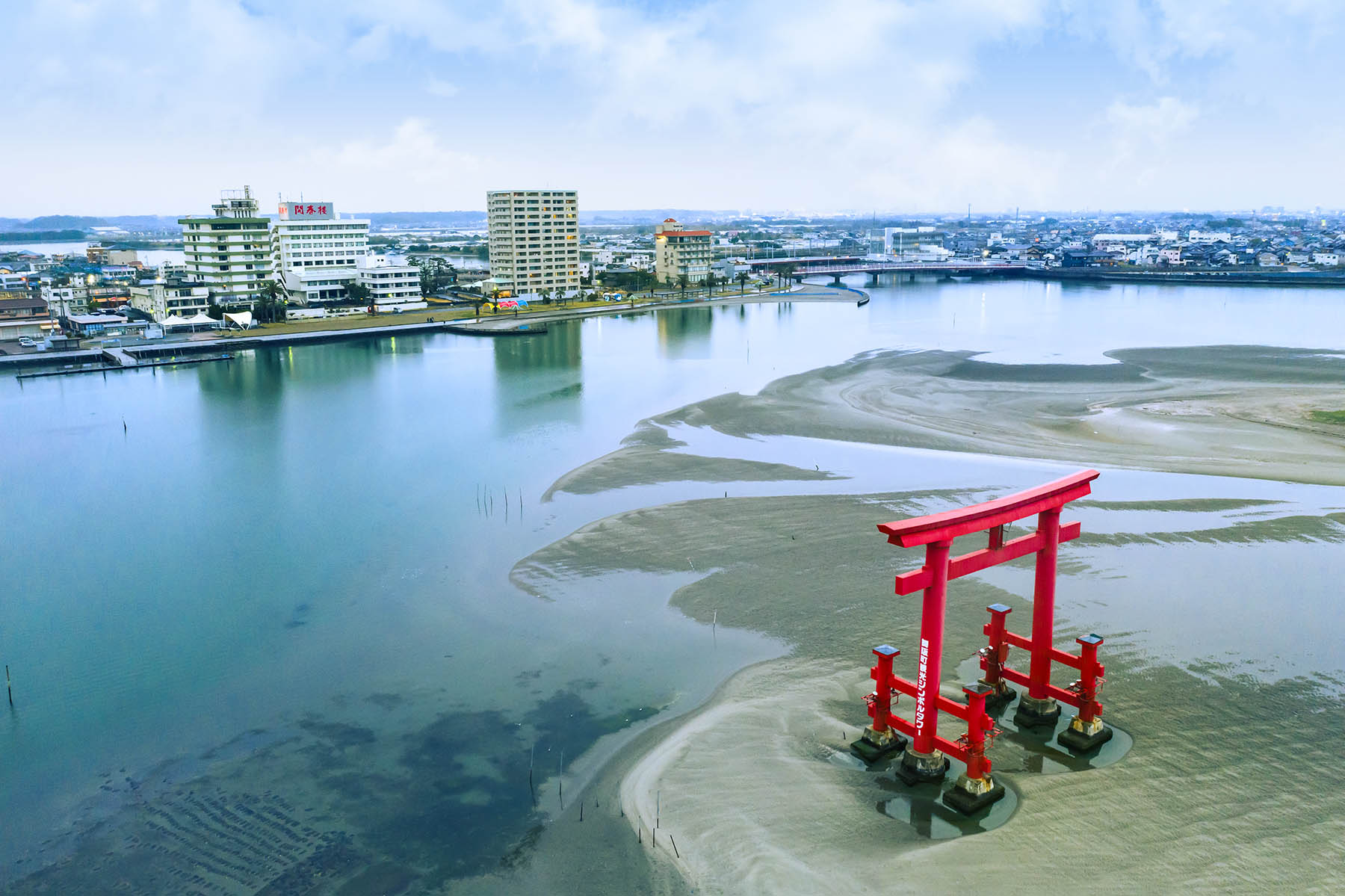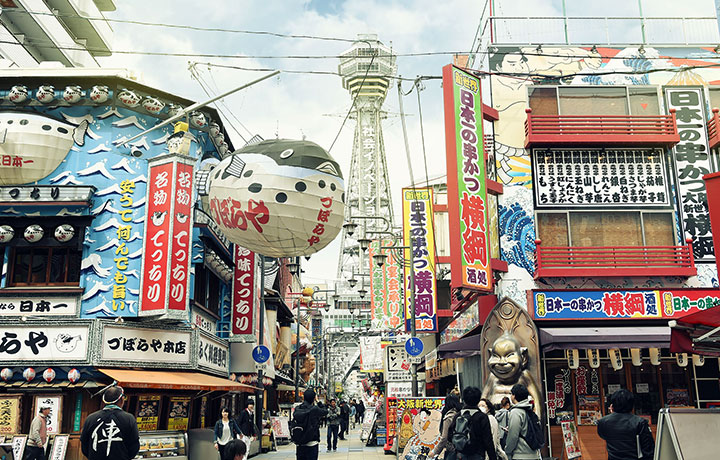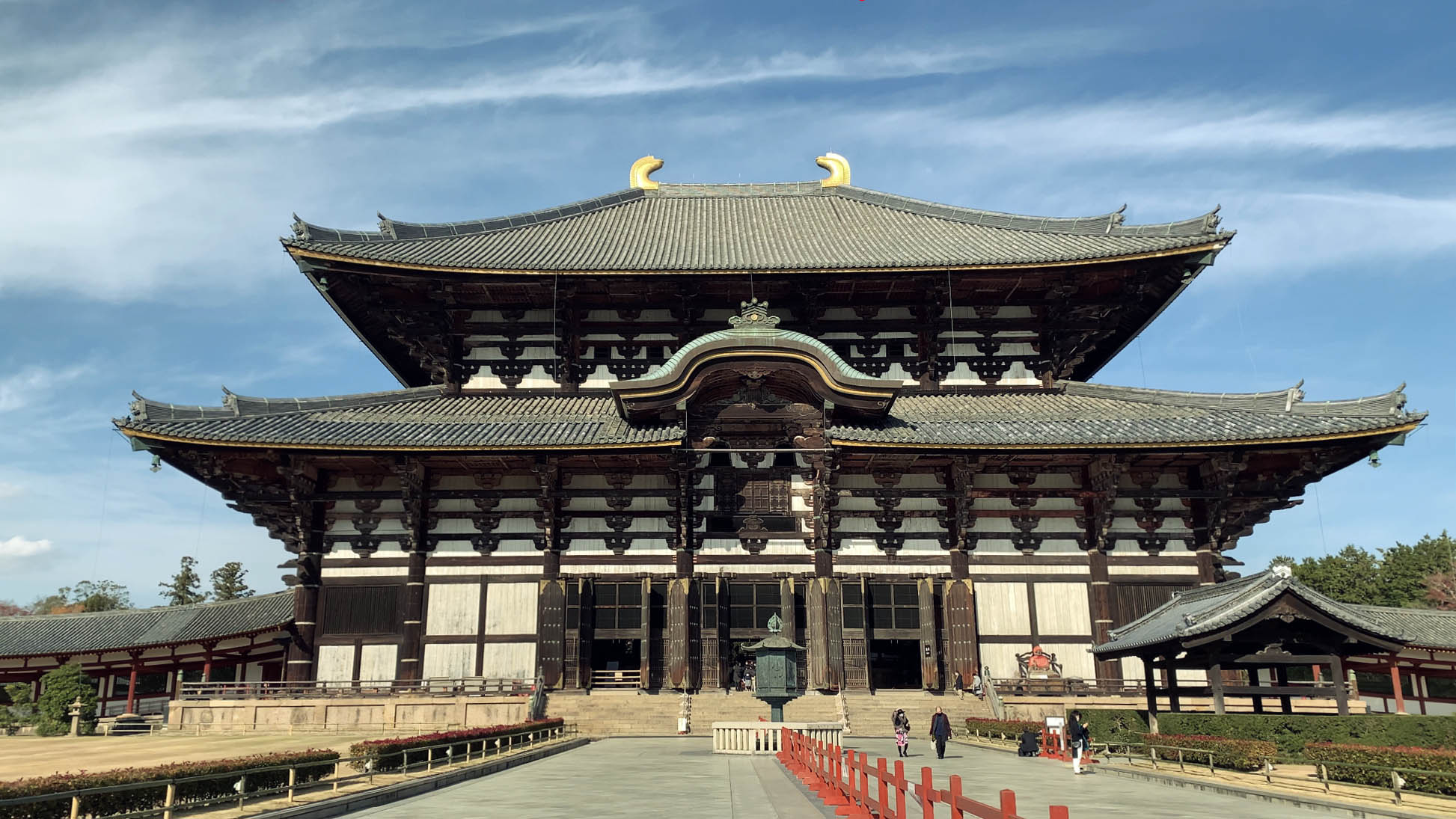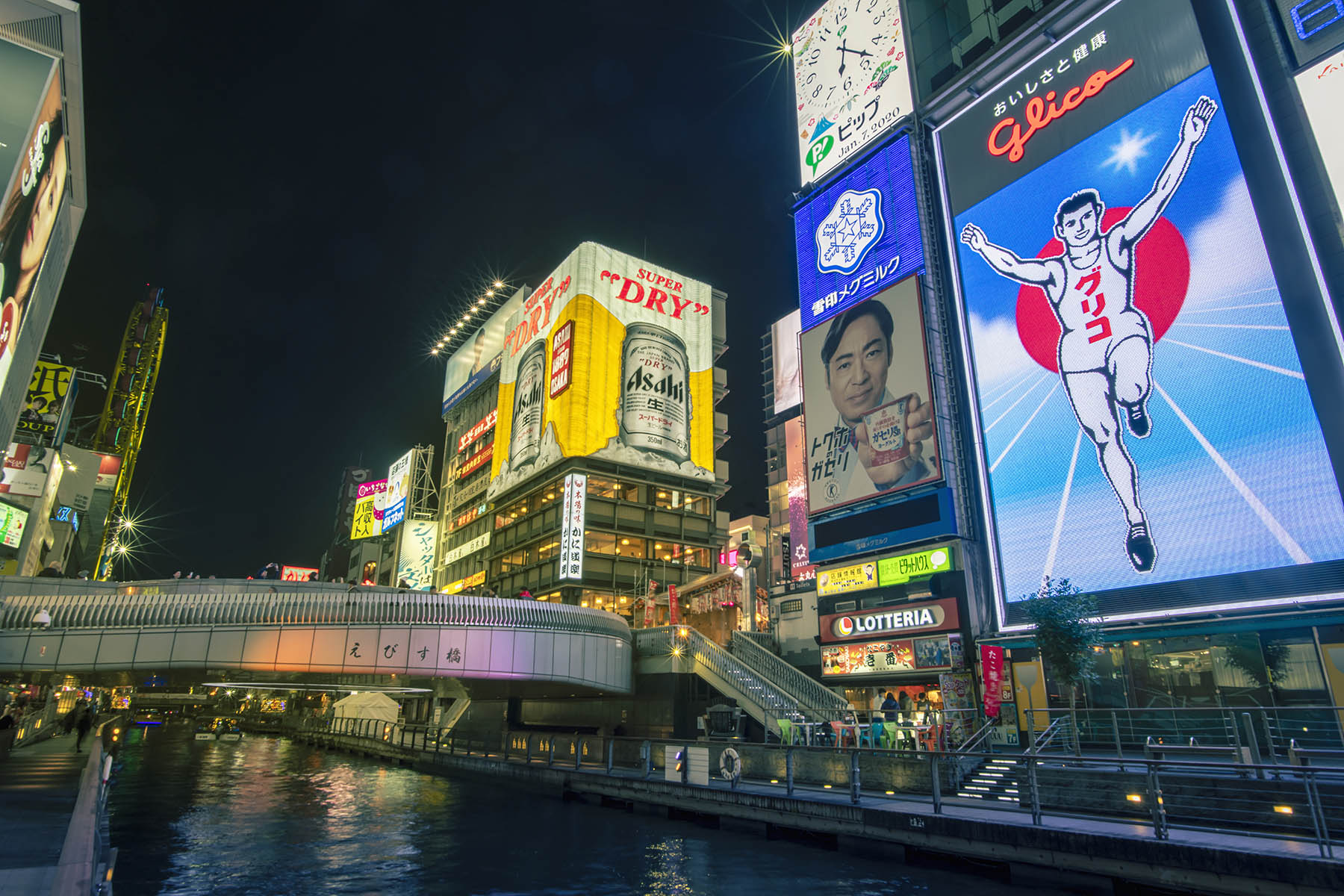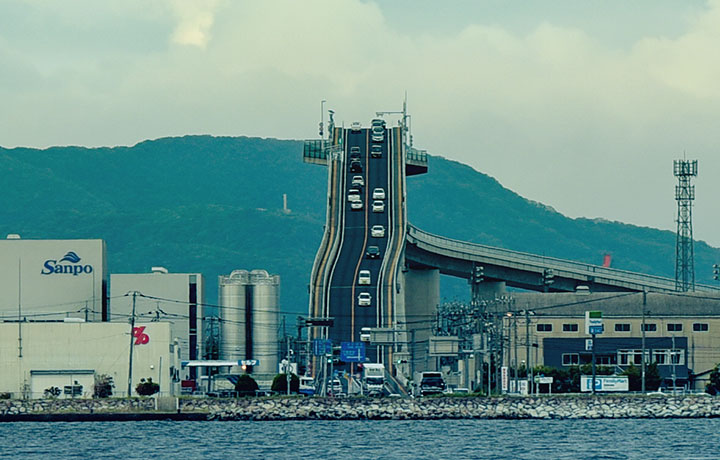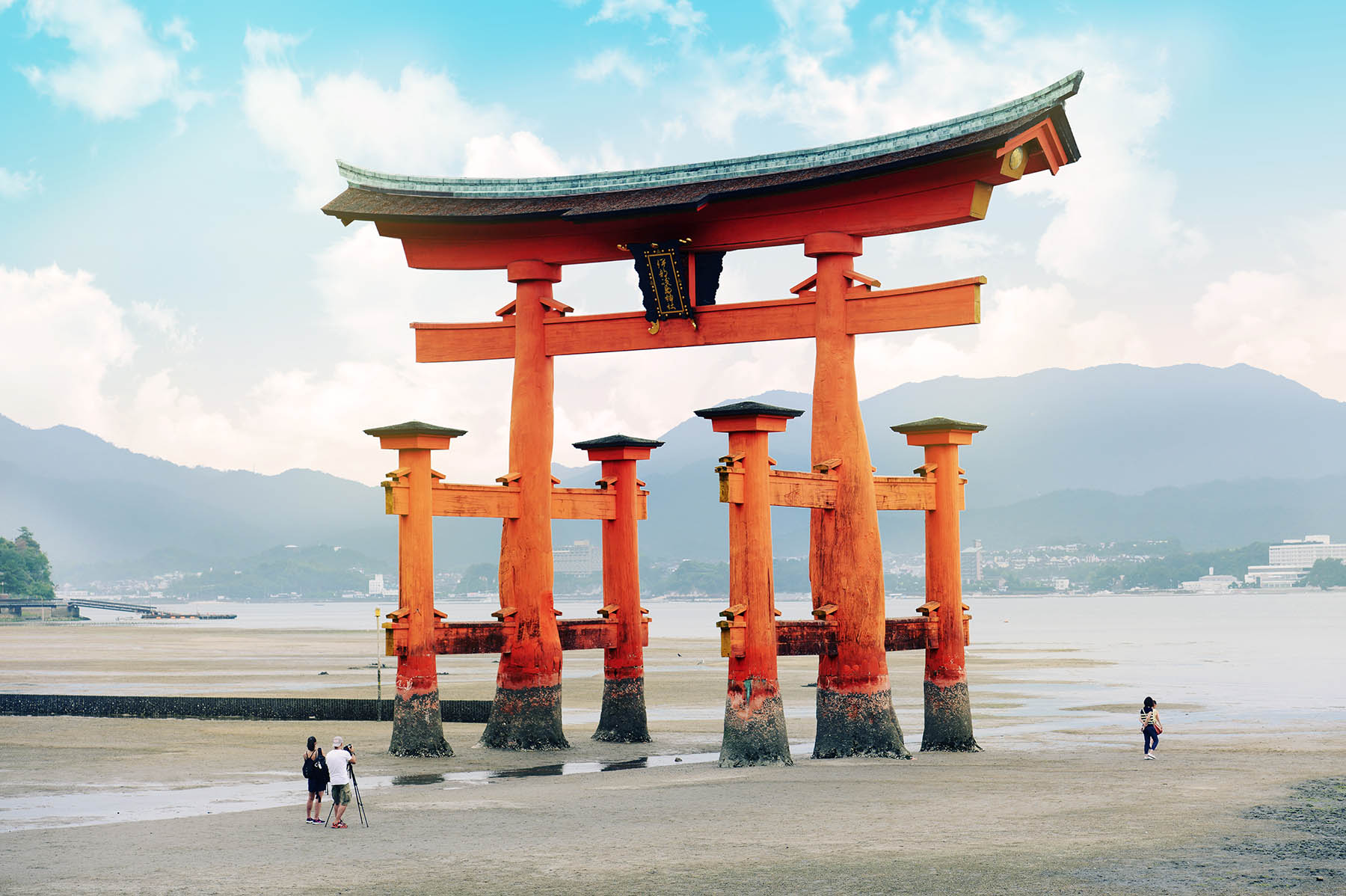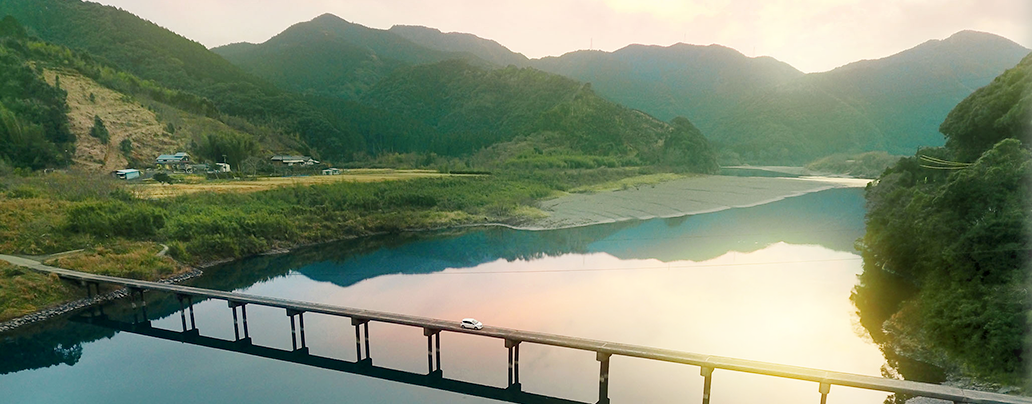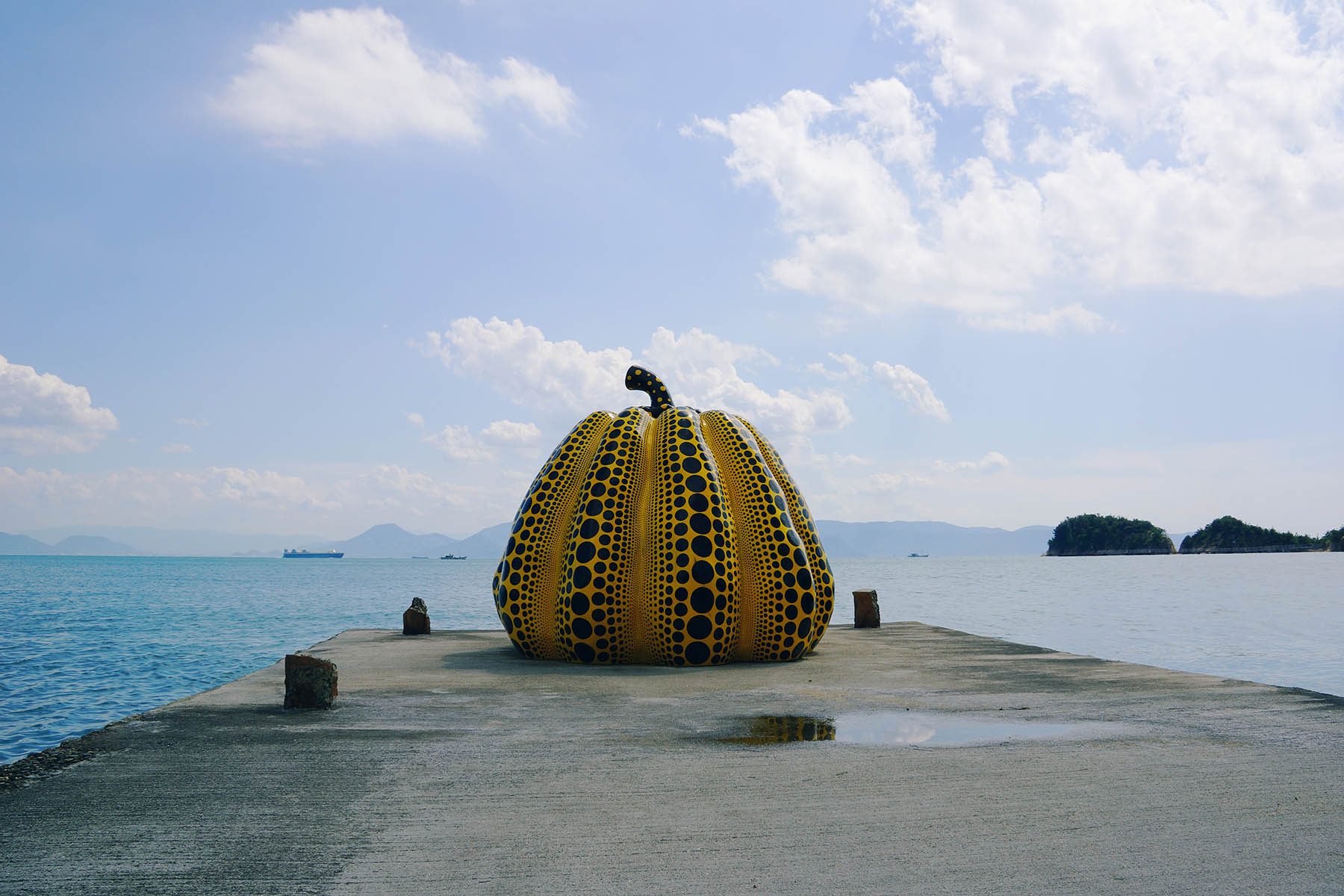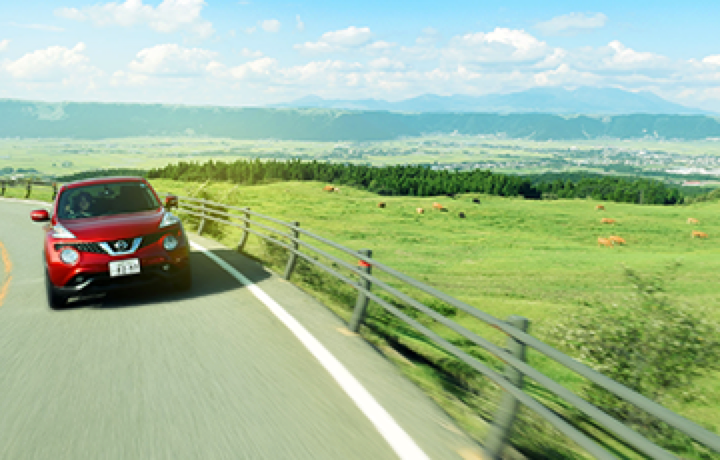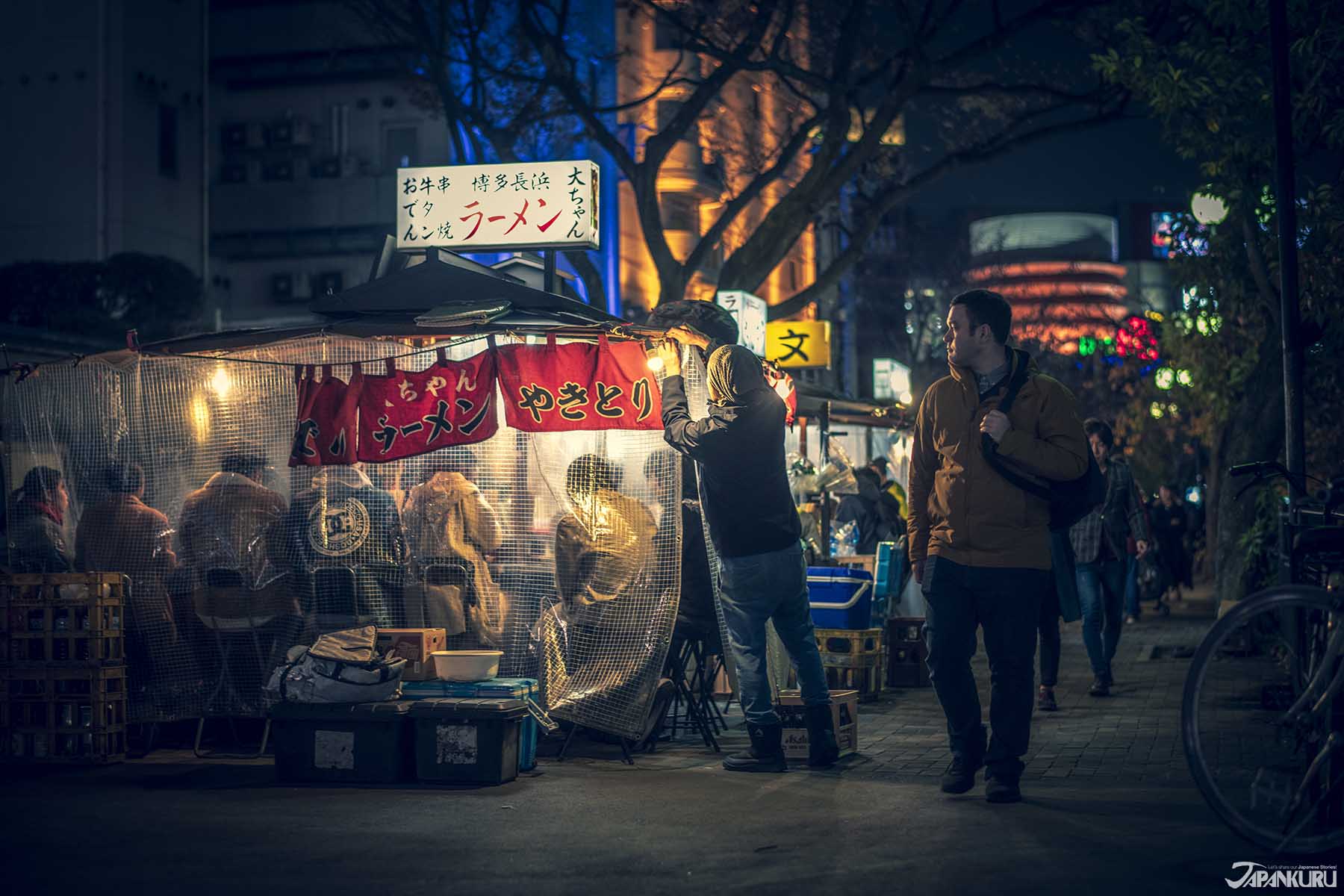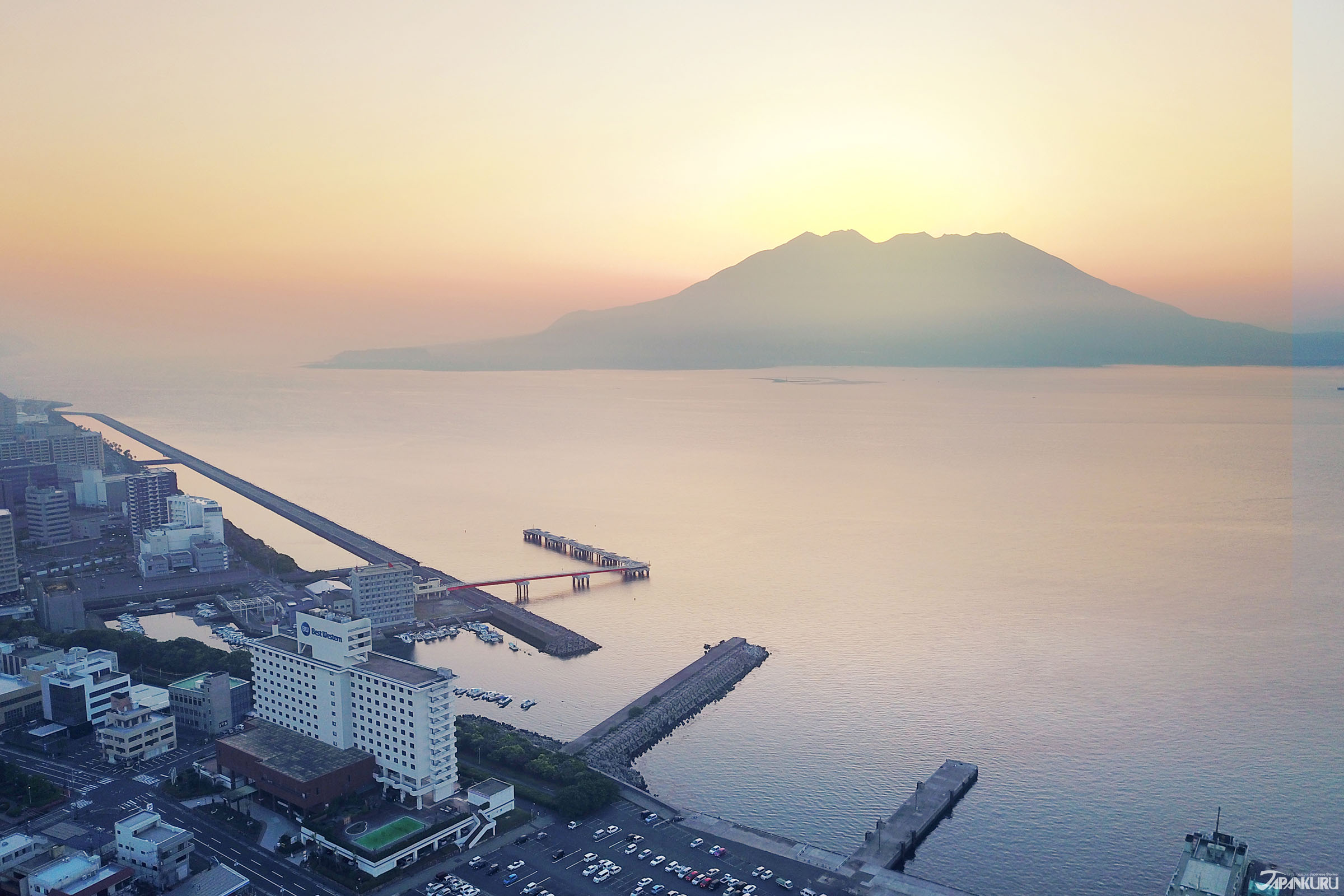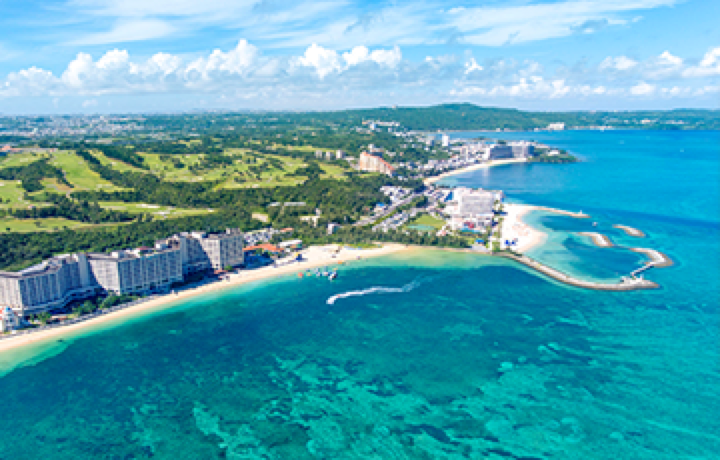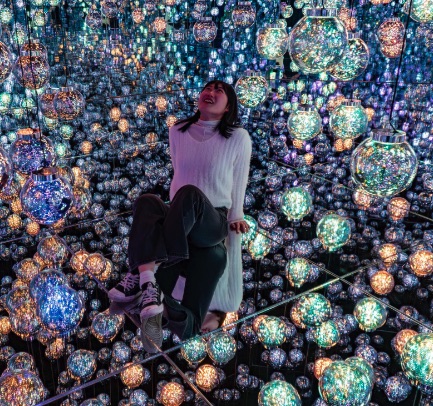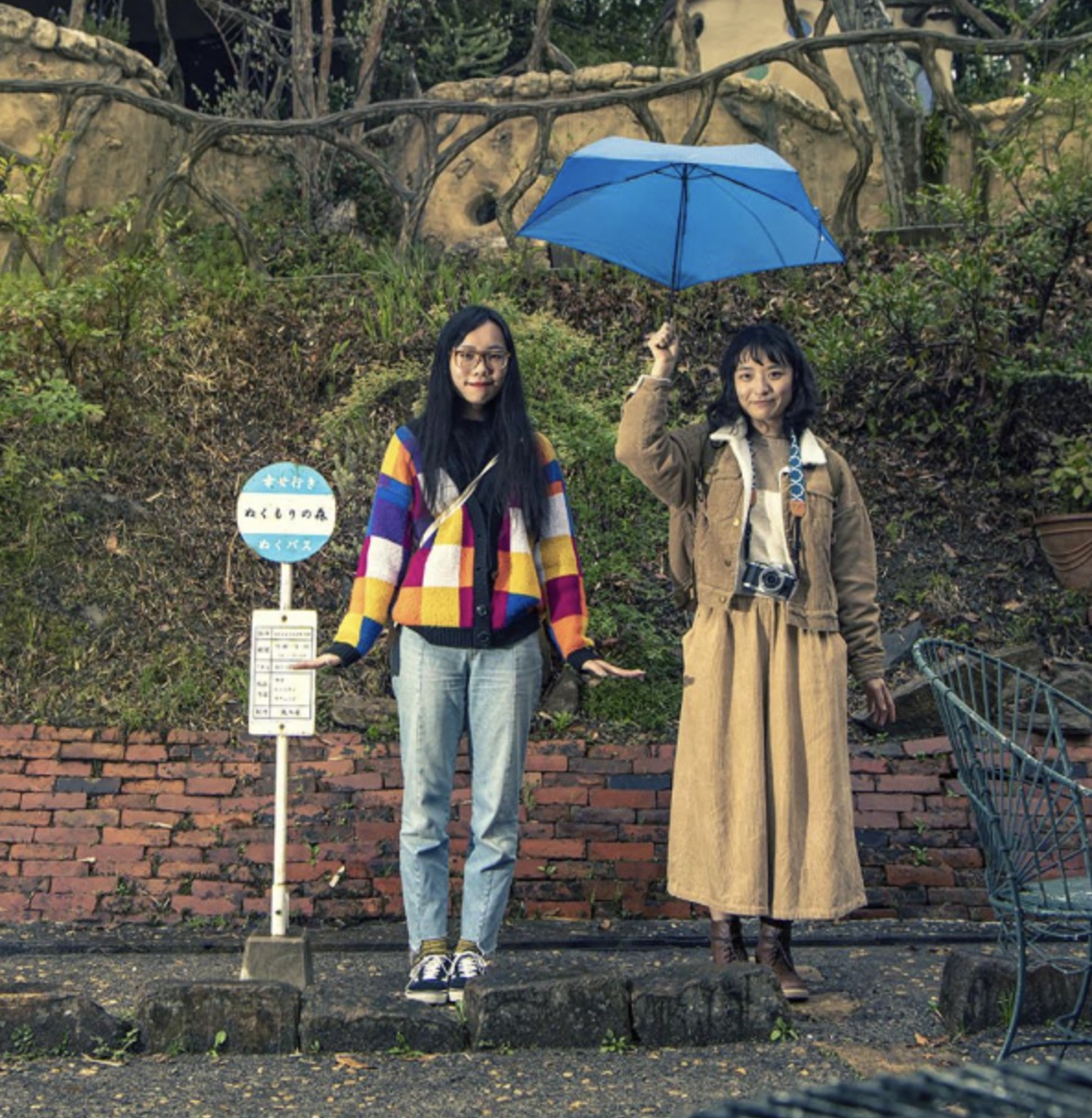CONTENTS
Sparkling white snow and brisk winds, plus the luxury of onsen baths, this is winter in Japan.
Five Must-See Wintertime Spots in Japan
Enjoying the seasons is a big part of Japanese culture, and with springtime cherry blossoms a distant memory and colorful fall foliage fading away, it's the perfect time to dig deep into winter. Winter in Japan means cold fluffy snow and bright white ski slopes, but also piping hot sake, hot-pot, and hot springs, AKA onsen (温泉)! So read on to find out some of the most beautiful places in Japan to spend the coldest months of the year.
1. Nikko, Tochigi – The Onsen Towns of Kinugawa and Yunishigawa
Just a couple hours from Tokyo, but one of Japan's most famous destinations for onsen, Nikko's Kinugawa Onsen area is an ideal getaway from the big city. If you're looking for an overnight trip or a weekend away, this convenient onsen is a great option.
Half an hour away, in another of Nikko's onsen areasーYunishigawa Onsenーis a bridge that has become a sightseeing destination in its own right. The elegant Yunishigawa Railway Bridge stretches over the water in front of Yunishigawa Onsen Station as part of the Aizu Kinugawa train line, and makes a striking impression in front of the fluffy white winter snow.
Yunishigawa Railway Bridge
Yunishigawa Onsen Station, Nishikawa, Nikko, Tochigi
▶︎ See more of Nikko here, in our complete guide!
2. Hakuba, Nagano – The Place to Be for Skiers in Japan
Japan has ski slopes in Hokkaido, Niigata, Fukushima, and plenty of other areas up north, but only one region in the country has ever hosted the Winter Olympics, and that's Nagano! After the 1998 winter games were held in Hakuba and the surrounding ski slopes, the area became a gathering place for anyone who loves winter sports. The mountains, a part of the Hida mountain range also called Japan's "Northern Alps," still boast some of the best powder snow around.
Not only are the slopes popular thanks to the excellent snow quality, but the surrounding views are nothing short of breathtaking.
Hakuba Happo Ridge Ski Resort
Hokujo, Hakuba, Kitaazumi District, Nagano
▶︎ Interested in Nagano? Check out our road trip to Nagano, or read more about skiing at the nearby Shiga Kogen Ski Resort, another Olympic event site.
3. Aizuwakamatsu, Fukushima to Uonoma, Niigata: A Tadami Line Train Ride in Tohoku
Number three isn't just one destination, but a whole train line! The Tadami Line runs through Japan's northern Tohoku Region, and on top of providing transportation, a ride on the Tadami Line is known as a sightseeing activity thanks to the amazing scenery along the route. Whether you're looking out from aboard the train, or admiring the railway from afar, the Tohoku scenery around the Tadami Line turns into a true winter wonderland as the weather turns cold.
One popular location along the train's path is the Tagokura Dam, at the junction between Tadami Lake and Tagokura Lake. The view has been praised as one of the top 100 dam lakes in Japan, and the impressive feat of engineering certainly adds a unique charm to the scenic mountain scenery.
▶︎ All aboard! Find out more about the Tadami Line here.
4. Hokkaido – Otaru Canal and Noboribetsu Onsen
Hokkaido is enormous, and thanks to its snowy northern winters, spots all over the prefecture are especially popular when the weather turns cold. The Otaru Canal is one of those, and while the brick warehouses along the banks are picturesque throughout the year, a blanket of sparkling snow adds a little magic. Winter's early sunsets also leave ample time for travelers to enjoy the view of the canal lit by glowing streetlamps.
The hot springs in Noboribetsu are also a favorite among Japanese travelers, but the area's name is actually derived from a word in the language of the Ainu people, indigenous to Hokkaido. Over time, Noboribetsu evolved out of the name "Nupur-pet," which means "a deeply colored river." The river's unique coloring comes from the relatively high concentration of lime in the hot springs, which adds a milky-white quality to the water flowing into the river, and reflects light in unusual ways.
Oyunuma Natural Footbath (above)
Noboribetsuonsencho, Noboribetsu, Hokkaido
▶︎ Did you know you could take a ferry to Hokkaido? See our guide here!
5. Tendo, Yamagata – Jakushoji Temple, One of Japan’s Hidden Gems
Even in Japan, many parts of Tohoku are still only popular destinations for travelers in the know. One of those is Tendo, a city far in the north, in the prefecture of Yamagata. Tendo's biggest claim to fame is possibly the city's historical connection to the manufacture of shogi (Japanese chess) pieces, although its hot springs are fairly popular, as well.
Here at Japankuru, though we'd like to recommend one Tendo destination that's a little less well-known. Jakushoji Temple (sometimes mistakenly called Wakamatsu Temple) sits high in the mountains east of the city, which means it's not the most accessible temple in Japan, but the isolated location comes with one amazing perk: the view. When fall turns to winter and frost begins to form on the trees along the mountainside, the view from Jakushoji Temple's observation deck turns into a page out of a storybook.
▶︎ See our Tendo Travel Guide for more info!
Dreaming of a Winter Vacation in Japan?
With so many different ways to enjoy the winter season in Japan, it can be hard to know where to start. But we hope these five destinations give you some inspiration to work withーgood luck planning your winter travels in Japan!
For more info and updates from Japan, check Japankuru for new articles, and don't forget to follow us on twitter, instagram, and facebook!














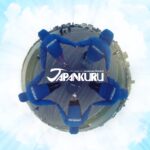



 >> Find out more at Japankuru.com! (link in bio)
#
>> Find out more at Japankuru.com! (link in bio)
#





 The Robot Restaurant is gone, but the Samurai Restaurant is here to take its place. Check it out, and don't forget your coupon!
The Robot Restaurant is gone, but the Samurai Restaurant is here to take its place. Check it out, and don't forget your coupon!
 신주쿠의 명소 로봇 레스토랑이 사무라이 레스토랑으로 부활! 절찬 쿠폰 발급중
신주쿠의 명소 로봇 레스토랑이 사무라이 레스토랑으로 부활! 절찬 쿠폰 발급중
 18歲以上才能入場的歌舞秀,和你想的不一樣!拿好優惠券去看看~
#tokyo #shinjuku #samurairestaurant #robotrestaurant #tokyotrip #도쿄여행 #신주쿠 #사무라이레스토랑 #이색체험 #할인이벤트 #歌舞伎町 #東京景點 #武士餐廳 #日本表演 #日本文化體驗 #japankuru #japantrip #japantravel #japanlovers #japan_of_insta
18歲以上才能入場的歌舞秀,和你想的不一樣!拿好優惠券去看看~
#tokyo #shinjuku #samurairestaurant #robotrestaurant #tokyotrip #도쿄여행 #신주쿠 #사무라이레스토랑 #이색체험 #할인이벤트 #歌舞伎町 #東京景點 #武士餐廳 #日本表演 #日本文化體驗 #japankuru #japantrip #japantravel #japanlovers #japan_of_insta
 코지마 x 빅 카메라 쿠폰으로 일본 가전 제품 쇼핑하기
#pr #japankuru #japanshopping #kojima #biccamera #japaneseskincare #yaman #dji #osmopocket3 #skincaredevice #日本購物 #美容儀 #相機 #雅萌 #日本家電 #일본여행 #면세 #여행꿀팁 #일본쇼핑리스트 #쿠폰 #일본쇼핑 #일본브랜드 #할인 #코지마 #빅카메라 #japankurucoupon
코지마 x 빅 카메라 쿠폰으로 일본 가전 제품 쇼핑하기
#pr #japankuru #japanshopping #kojima #biccamera #japaneseskincare #yaman #dji #osmopocket3 #skincaredevice #日本購物 #美容儀 #相機 #雅萌 #日本家電 #일본여행 #면세 #여행꿀팁 #일본쇼핑리스트 #쿠폰 #일본쇼핑 #일본브랜드 #할인 #코지마 #빅카메라 #japankurucoupon